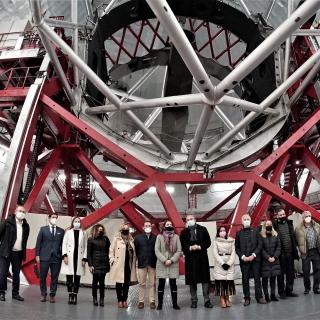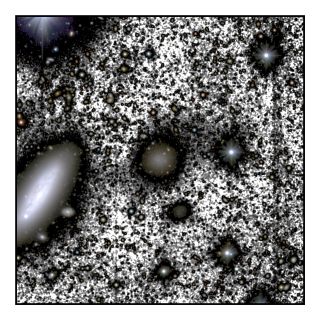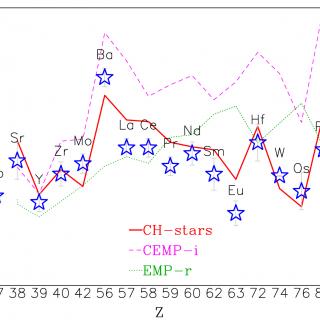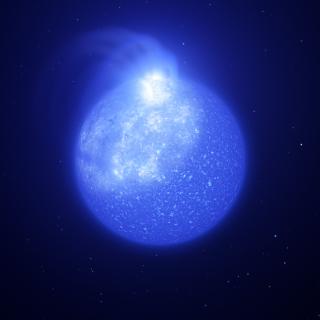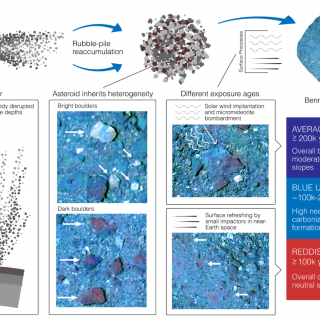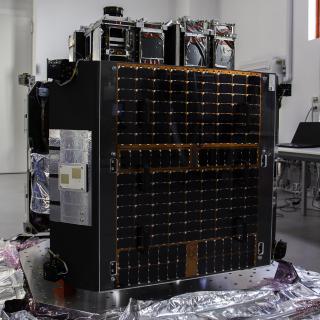
The IACTEC-Space programme of the Instituto de Astrofísica de Canarias (IAC) has signed an agreement with the Italian space tranporting company D-Orbit to integrate the payload of the DRAGO instrument into the ION Satellite Carrier. The aim of this project is to carry out in-orbit demonstration (IOD) operations during the next PULSE misión, which will take place in January 2021. The programme is carried out within IACTEC, the zone of technical and business collaboration of the IAC which is funded (Programme of Training) and infrastructure (IACTEC building) by the Cabildo Insular of Tenerife.
Advertised on
